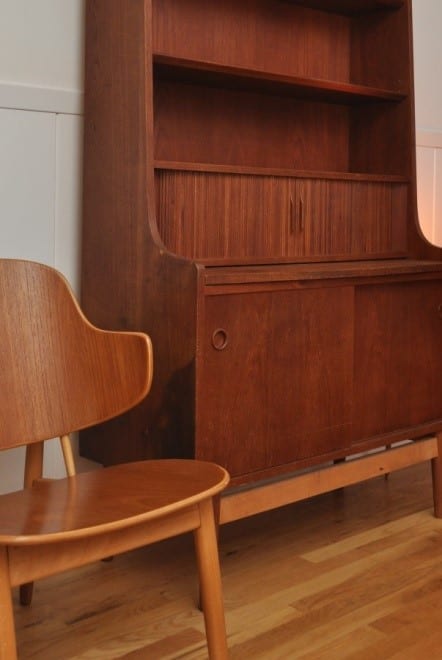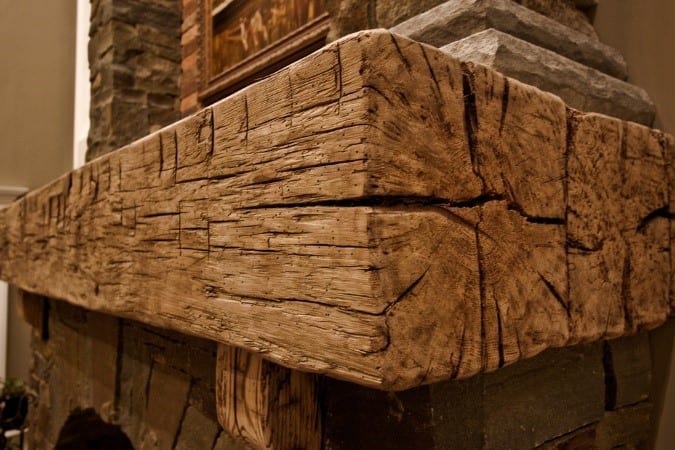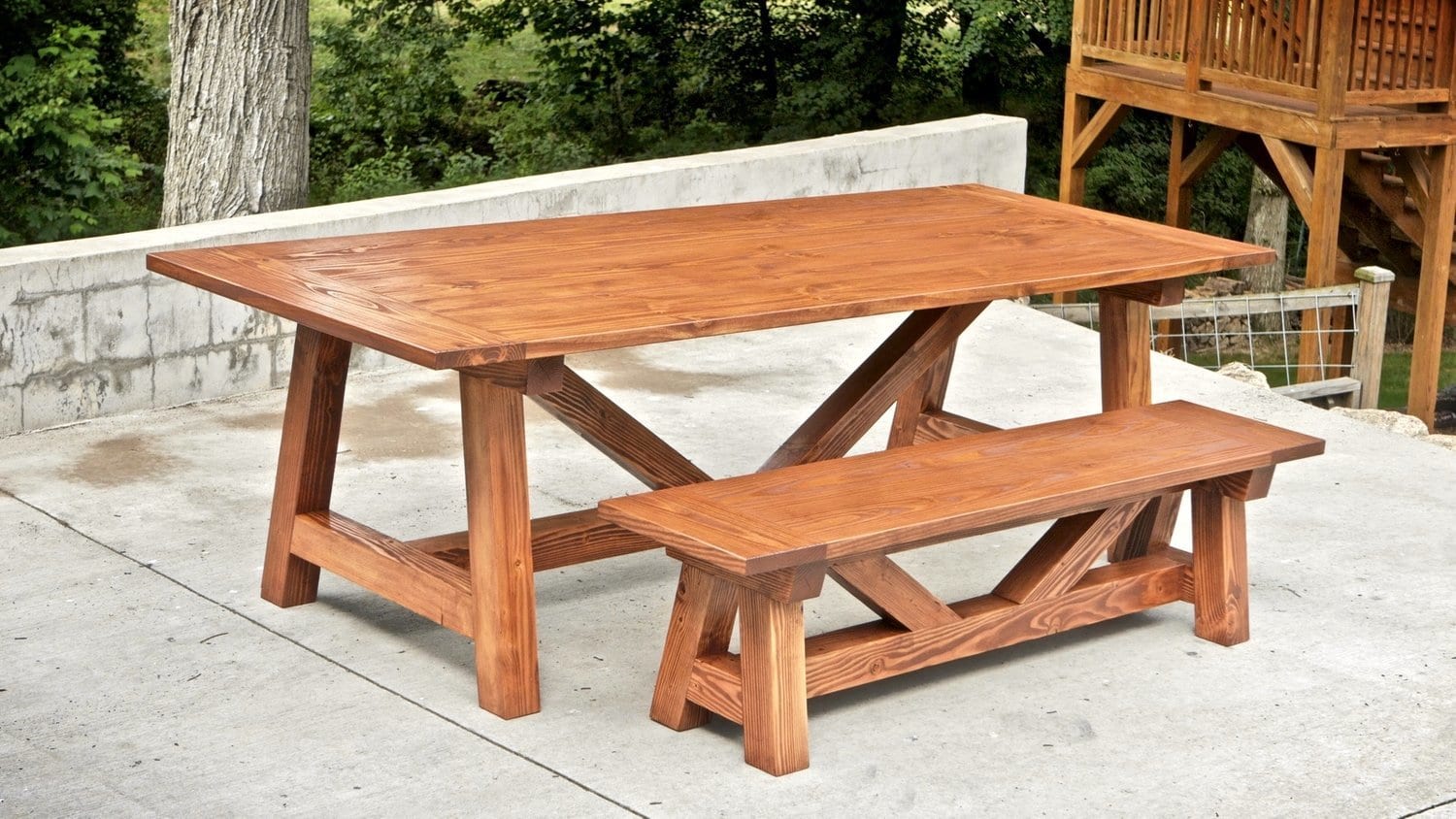You might have seen many tutorials about the wall shelving projects on different sites. Most of them can build in a day, some will take more that a day. Some projects may look stunning and some may not. Some projects can be built at almost no cost while others are expensive.
In this plan, we are going to present you a trendy shelving idea. The hexagon shelves, these are easy to build and looks so astonishing in your room. Also, these shelves are not much expensive. If you have some basic woodworking tools and some scrap wood, then you can build this project at free of cost.
You will absolutely love this DIY project that how it transforms utilitarian everyday objects into an unexpected work of art. These shelves are also an elegant add to your room décor. Not only do these become fantastic conversation pieces in your room, but these shelves also allow you to build a super budget-friendly art that doesn’t seem too crafty. But it doesn’t mean that I don’t like crafts, I love crafts. You can also find some crafty posts on my site.
DIY Hexagon Shelves Project
So it’s finally time to build some crazy things for your room décor. Shake off your lazy bones syndrome and get yourself busy in building some amazing stuff. Build a hexagon shelf project for your room and place your unorganized things in a new way. The first time, while passing from a store, when I saw these shelves, I was like, Ahhhhhh, IT’S SO PERFECT!
DIY Hexagon shelves are usually easy to build, inexpensive, crazy by their look, and also easy to detach and remodel as well. You can build them by using some pallets wood that you can get free of cost from any store. These handmade shelves are very handy to put in your home. These shelves can either be used as a décor piece or as a storage facility in your room. You would surely be surprised at the final product of your work because of its elegant look.
Turning out a hexagonal shelf from a scrap wood can be a really easy thing to do. If you also think that you have to add these shelves to your room décor, it will be a fun to build this project. And like some other big project, I will not take more than a day to build this project.
Items Needed for this Project
Some necessary materials and tools for this project are given below.
- Band Clamps
- Blue Domino or a biscuit joinerDrill
- Measuring Tape
- Table Saw
- Miter Saw
- Sander
- Walnut Stain
- Spray Paint (Any color that you want)
- Polyurethane
Step 1: Cutting Scraps
After collecting all the materials and scraps, you need to cut the pieces out of the scraps or pallets for the shelves. For this purpose, you must have a measuring tape and a table saw, jigsaw or a hand saw. By the way, I have used a table saw to cut these pieces. Make sure you are also following the important tips that are listed at the end of every step.

So, you need to cut out the pieces to the same size. I have purchased two 1x4x8 foot pieces of scraps. With these pieces, I was able to build three hexagon shelves with each side being 8.5 inches long. I cut these pieces oversized by a quarter inch, so I can fine-tune the angle in the next step.
Pro Tips
- If you don’t have your own woodworking tools, then while buying these tools, you should make sure that all the tools are working properly.
- When buying the scraps or pallets, check them if there surface is not damaged.
- When using the table saw, make sure that you are not wearing any gloves, but you have to wear half sleeves or fold up your sleeves before working on the table saw.
- Make sure that all the pieces are cut up at the same size.
Step 2: Mitering
Now, after cutting all the pieces of scrap, you need to miter these pieces at the desired angle to form a hexagon. If you have some mathematical geometry knowledge, you would also know that every hexagon has an angle of 60 degrees.
So, to form a hexagon, you will need to miter each piece at a 60-degree angle. Set the bit of your miter saw at 30 degrees and start doing that.

I am using the same table saw for this purpose. All I need is to set the bit to the 60-degree angle if I call the right-hand side insulting play. I am also using a digital angle gauge to make sure that the angle I am going to set is perfect. Also, I am making some test cut to make sure that the angle cuts I am going to make will be fine-tuned angle cuts.

Pro Tips
- If you are using a miter saw, drop the bit of your miter saw slowly on the boards. Dropping it fast can result in a rough cut.
- You should cut all the pieces at the same angle, otherwise, it will make trouble in building shelves.
- Secure the pieces tightly or move them in a straight line while cutting on the miter saw.
Step 3: Setting up the Hexagon
After you have mitered all the pieces at the same angle of 60 degrees. Now, it’s nothing more to do rather that setting them up for the hexagon.
I am using a PES tools Domino joiner to strengthen the joints. You can use a biscuit joiner or dowels to get a strong joint to help reinforce the weak ingrained in a gray robe assuming. As you are not going to store weights on the shelves, these joints will be sturdy enough.

Put small wooden tiny pieces into those gray robes with some glue. But you have to put them only one side of every mitered wood piece.
Join the pieces up like I did, you can see in the images below.


Don’t forget to put glue while setting up them. Use masking tape or clamps as clamping and leave it to dry.
Pro Tips
- While gluing up the pieces, make sure that you make both the surfaces wet before joining them.
- Always use a masking tape as a clamping.
Step 4: Sanding and Painting

Time to sand the hexagon shaped shelves. You can use sandpaper, sanding block, or a sander in this step. I am sanding the top of the shelves while moving and blinking the sander, so don’t damage the wood after sanding. You can do this by using 120 grit or 220 grit sandpaper to remove the extra particles like squeezed out the glue and other works on wood.

Now, you have to stain the shelves as I did.

I clamped the finished piece to my bench and use a punch cut rather to booty slots in it for securing the shelf to the wall.

Nails and lips command strips are all viable alternative is used to secure the shelf to the wall.
Use some polyurethane to give it a shiny look and varnish the outer surface.

Wait for 4-6 hours to dry it and make them attach to the wall with the help of screws or nails.
Pro Tips
- If you don’t have a sander I will suggest you use a sandpaper of the same gauge.
- Here I would like to recommend you to stain the pieces before placing them. But it’s not necessary, you can move forward without staining as I did.
- Staining and sanding the pieces before starting the project can help you to make clear cuts and something very clean.
Sources
Amazing! Add this to your room and you will find it more than a storage space.
You can also modify these shelves with painting some different colors and changing their size. Also, if you don’t feel comfortable with this tutorial, we are presenting you a video tutorial link. The video tutorial will help you in a better way to understand all the steps of the process nicely.
So, what are your plans for this weekend? Are you going to build this project this weekend? If you are going to build this one or, if you already have had built this project, then you can share the pictures of your finished products with us in the comment section below. Also, if you have any question about this project or you want to discuss something related to this project, we will always welcome you to ask us in the comment section.








